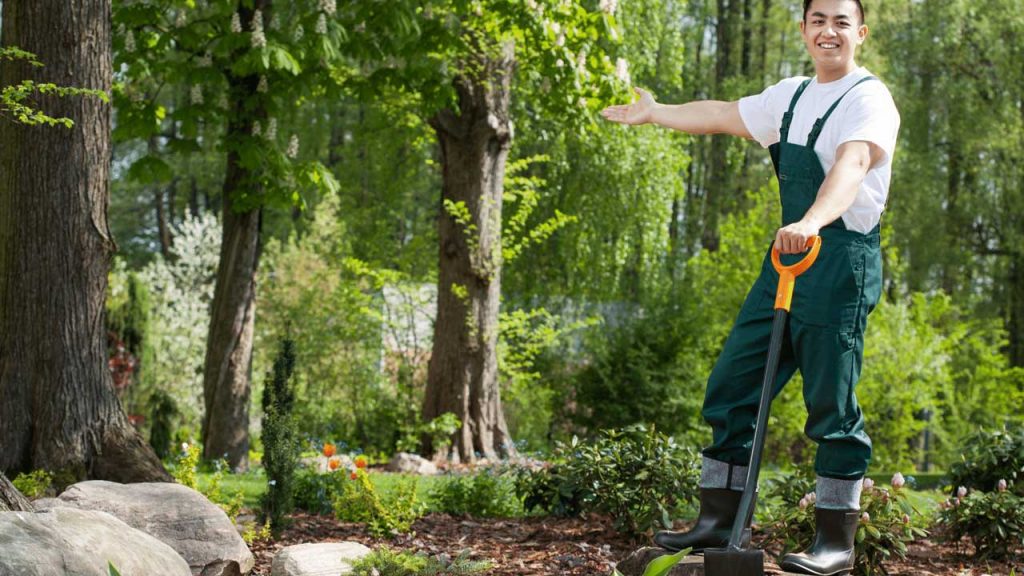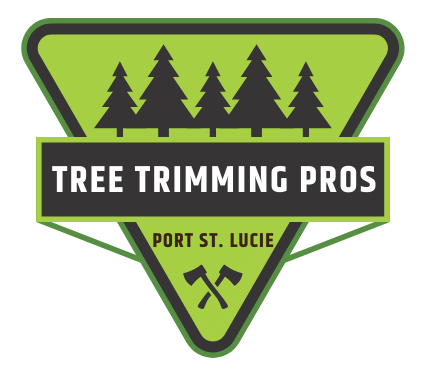Are you thinking about cutting down a tree on your property? Before you grab your chainsaw, it’s important to understand the permit requirements and regulations surrounding tree removal in your area. Failure to comply with these laws can result in hefty fines and legal action.
Navigating tree removal laws can be tricky, but it’s crucial to ensure that you don’t violate any regulations and to prioritize safety and environmental considerations. In this article, we’ll guide you through the process of understanding your local tree removal laws, identifying permit requirements, and navigating city and state regulations. We’ll also provide safety guidelines and environmental considerations to keep in mind, and discuss the benefits of hiring a professional tree removal service. So, let’s get started on your journey to safely and legally removing trees from your property.
Understanding Tree Removal Laws in Your Area
You’ll need to understand the tree removal laws in your area before you start cutting, or you could face some serious consequences. Tree preservation is a hot topic these days, and many communities have enacted strict regulations to protect their green spaces. Before you grab your chainsaw and start hacking away, take the time to research the laws in your area.
Tree removal can have a significant impact on your community and the environment. Removing a tree can affect the air quality, soil stability, and water supply. Additionally, trees provide habitats for various species, and removing one can disrupt the local ecosystem. Understanding the laws in your area can help you make informed decisions about which trees to remove and how to do it in a way that minimizes the impact on the community.

Identifying Tree Removal Permit Requirements
Before taking down any trees, it’s important to know what rules and guidelines you need to follow to ensure you’re doing it legally and safely. One of the first steps you should take is to identify if you need a permit for tree removal. In some cases, tree removal exemptions may apply, but it’s important to check with your local government or tree service company to determine if this is the case for you.
If a permit is required, you’ll need to fill out an application and follow specific regulations, which may include providing documentation about the tree’s health and location, as well as obtaining approval from neighbors or community groups. It’s important to note that common violations of tree removal laws include removing trees without a permit, removing protected trees, or damaging a neighbor’s property during the removal process. By following the proper permit requirements and regulations, you can avoid costly fines and legal issues while also protecting the environment and preserving the beauty of your community.
Navigating City and State Regulations
When dealing with city and state regulations, it’s crucial to stay informed and follow the proper protocols to ensure a successful and legal tree removal process. Each city and state has its own set of regulations, and it’s essential to know what they are before starting any tree removal project. Some cities have permit exceptions for certain types of trees or specific circumstances, such as trees that pose a danger to public safety or are diseased. However, it’s important to note that even with permit exceptions, there may still be some regulations that need to be followed.
Legal challenges can also arise when dealing with tree removal regulations. It’s not uncommon for neighbors to dispute the removal of a tree, and in some cases, legal action may be taken. It’s important to document all communication and follow proper dispute resolution procedures to avoid legal issues. It’s also crucial to work with a qualified and experienced tree removal company that understands the local regulations and can navigate any legal challenges that may arise. By staying informed, following proper protocols, and working with the right professionals, you can successfully navigate city and state regulations for tree removal.
Safety Guidelines for Tree Removal
Keep yourself and others safe by following these simple guidelines when removing a tree from your property. First and foremost, always wear personal protective equipment such as hard hats, gloves, eye and ear protection. Make sure that your equipment is in good condition before starting the work. Chainsaws should be sharp and properly lubricated. Ladders should be sturdy and stable. If you’re unsure about the equipment, seek advice from a professional.
Emergency preparedness is also key when removing trees. Make sure that you have a first aid kit on hand and know how to use it. If the tree you’re removing is near power lines or other structures, consider consulting with a professional to avoid accidents. Always have a safety plan in place and make sure that everyone involved in the work knows the plan. By following these guidelines, you can ensure a safe and successful tree removal.
Environmental Considerations for Tree Removal
To ensure minimal harm to the environment, it’s important to consider the impact of removing a tree from your property. Tree preservation is a crucial aspect that should not be overlooked. Before initiating any tree removal process, it’s important to assess the ecological impact of the removal. Trees play a vital role in maintaining the balance of the ecosystem, and their removal can have a significant impact on the surrounding environment.
In order to minimize the ecological impact of tree removal, it’s important to plant new trees to replace the ones that have been removed. This can help to maintain the balance of the ecosystem and ensure that the environment remains healthy. Additionally, it’s important to consider the type of tree being removed and the impact it has on the surrounding environment. Some trees are more critical to the ecosystem than others, and their removal can have a significant impact on the surrounding environment. By considering these factors and taking the necessary steps to minimize the ecological impact of tree removal, you can ensure that you are doing your part to preserve the environment.

Hiring a Professional Tree Removal Service
Hiring a professional tree removal service can provide you with the peace of mind that the job will be done safely and efficiently, allowing you to focus on other important tasks. Tree removal can be dangerous, especially if you don’t have the proper training and equipment. A professional service will have experienced workers who are trained to handle trees safely and efficiently, minimizing the risk of injury or property damage.
When considering cost, it’s important to remember that hiring a professional service may actually be more cost-effective in the long run. While it may seem cheaper to remove the tree yourself or hire a cheaper, less experienced service, the risk of injury or property damage can end up costing you much more than hiring a reputable professional. Additionally, make sure to ask about insurance coverage before hiring a service. A reputable company will have liability insurance to cover any damages that may occur during the removal process.
Conclusion
So, now that you know about tree removal laws, how do you go about navigating them? First, identify the permit requirements for tree removal in your area. Next, research city and state regulations to ensure compliance. When it comes to safety, always follow guidelines and consider hiring a professional tree removal service. Not only will they have the necessary equipment and expertise, but they can also advise on environmental considerations. Remember, removing a tree is not just about cutting it down – it’s about protecting the ecosystem and ensuring public safety. By following these guidelines, you can safely and legally remove any trees on your property.
